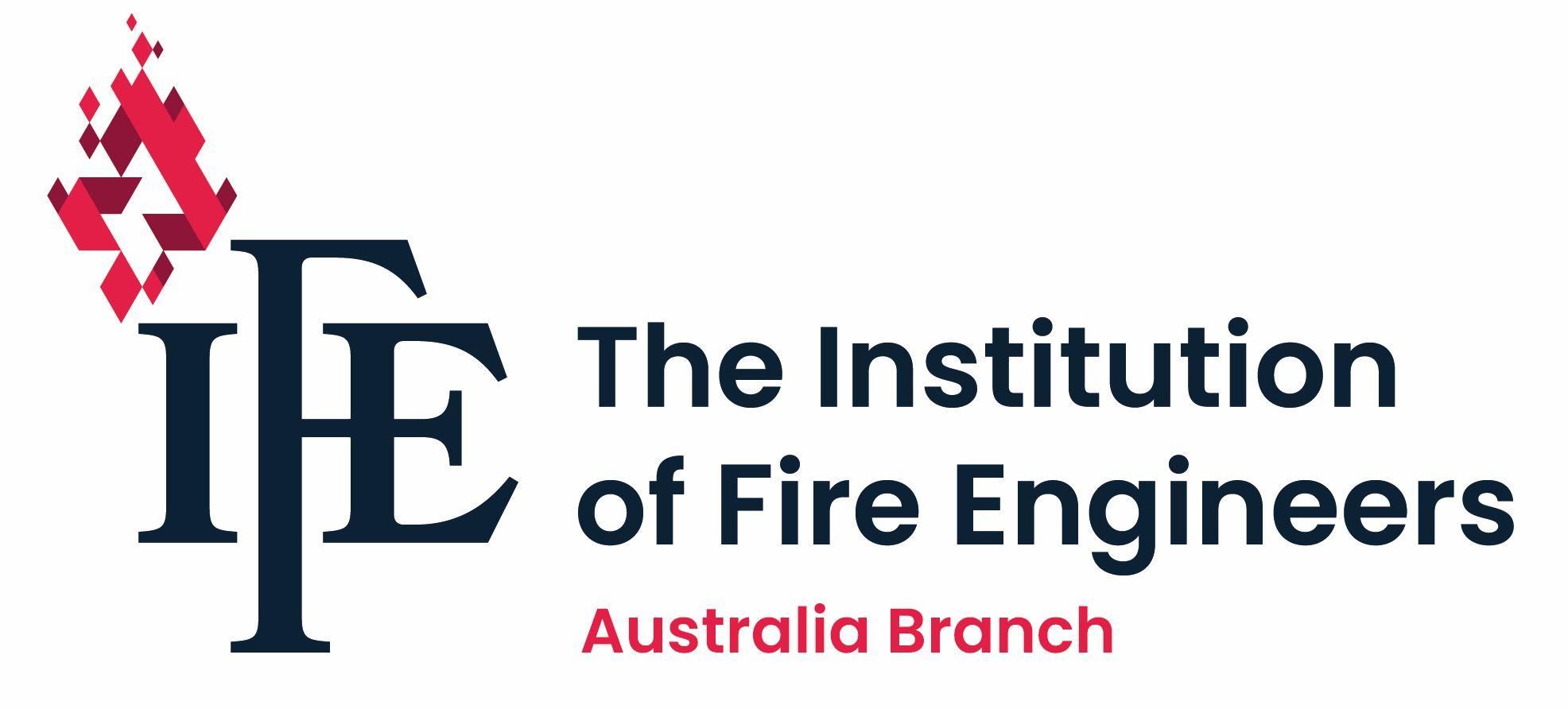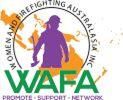Meet the unique blend of senior-level decision makers and frontline operational personnel at Asia Pacific’s largest emergency management conference and exhibition – AFAC26 powered by INTERSCHUTZ
)
AFAC26 powered by INTERSCHUTZ is Australasia’s largest emergency management conference and exhibition. Since 2016, the exhibition has grown to become the must attend event for emergency management professionals who are sourcing equipment and services for their agencies.
This is your opportunity to meet decision makers and influencers from fire, emergency management, law enforcement, defence, resources, the built environment and hazardous industrial sectors. No other medium offers you the chance to demonstrate your product in person to these hard to reach customers.
Hear what our AFAC25 exhibitors had to say
Complete this form for further information:
Or contact:
Rob Keen
(Australasia)
Tel: +61 (0)402 207 205
Email: rob.keen@hannoverfairs.com.au
Sandra Mathews
(International)
Tel: +49 511 89 31418
Email: Sandra.Mathews@messe.de
)
)





)

)
)
)
)
)
)
)
)
)